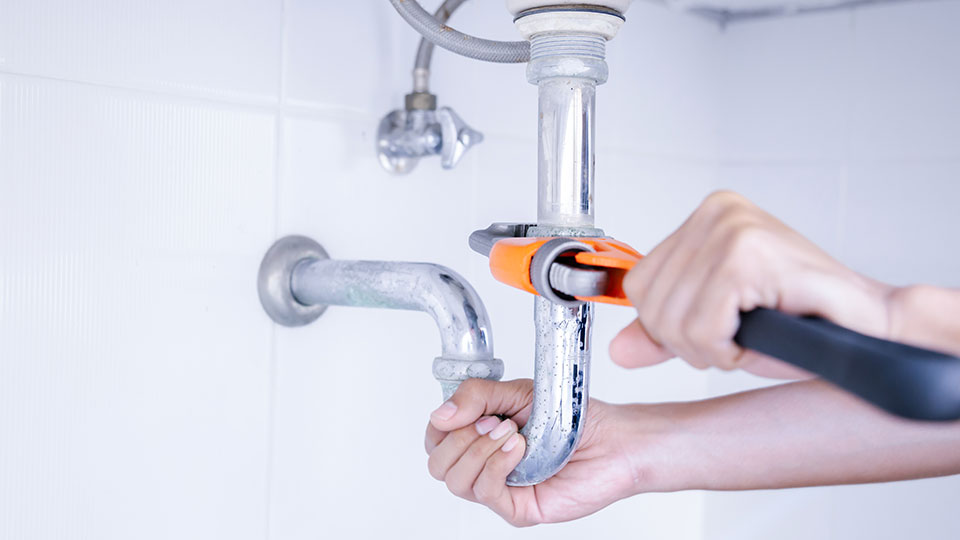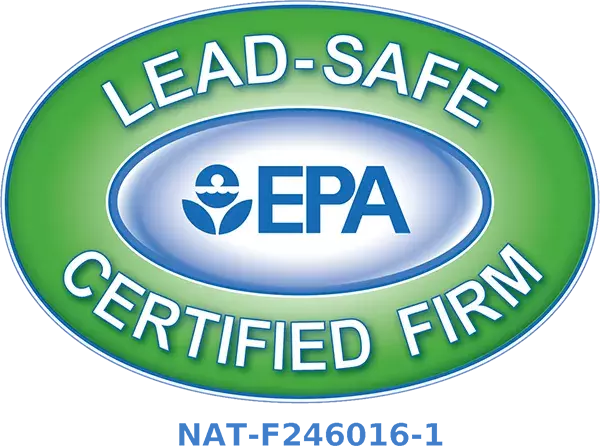When you have water damage in your home or commercial property, whether it is from a busted pipe or a natural disaster, it can be devastating. The first thing you will want to do is repair the water damage so that you can get back to your normal life. Many home and property owners try to clean up the mess themselves. However, this can cause more damage than necessary. We recommend that you call in the professionals to do all of the water damage restoration required so that the job is done right the first time. At J & R Restoration, we want to give you some facts and figures about water damage restoration so that you know what needs to be done before you call us.
Water has the ability to dissolve many substances. It can “eat through” drywall, wood, and so much more. It can dissolve more things than any other liquid. Drywall absorbs water. If it is on its edge in a half inch of water, the water will be absorbed up to six inches upwards in less than three hours. Mold can start to grow within 24 to 48 hours of being in a moist environment.
Praesent vel augue eleifend metus sodales malesuada sed ut dolor. Integer mollis lectus sit amet posuere condimentum.
You can usually tell if your water heater is failing if you notice a small puddle beneath itor if you see corroded or rusted fittings above the heater. Because hot water heaters are under so much water pressure, if you do not fix this issue immediately, you could wind up with a home flood.
In the water restoration industry, there are three water contamination categories:
- Clean water that has no risk of causing illness or discomfort. This usually comes from busted pipes, water heaters or overflowing tubs.
- Water that has some chemical, physical and/or biological contamination. This includes water from an aquarium, clothes washer leaks, and dishwasher. Also, if you leave water from category one for too long, it can become a category two.
- Water that is coming from an unsanitary source or that is carrying disease-causing material. This includes water from septic tanks, flood waters and the sewer. If you let category one water sit for 48 hours, it becomes a category three just as category two water does if it sits for 24 hours.
The use of chemical agents may be required to control pathogenic microorganisms during water restoration. The EPA has designated three levels of biocidal activity:
- Sanitizers – Reduces the amount of microorganisms.
- Disinfectants – destroys or inhibits microorganisms growth but not always their spores.
- Sterilizer – destroys all microorganisms and their spores.
There is no need to memorize the science behind water restoration because the experts at J & R Restoration can take care of everything for you. The longer you wait to remove the standing water, the more damage it is going to cause and the more work you will have to do to get your home and property back to normal. For all of your water damage restoration and repair needs, call J & R Restoration.


